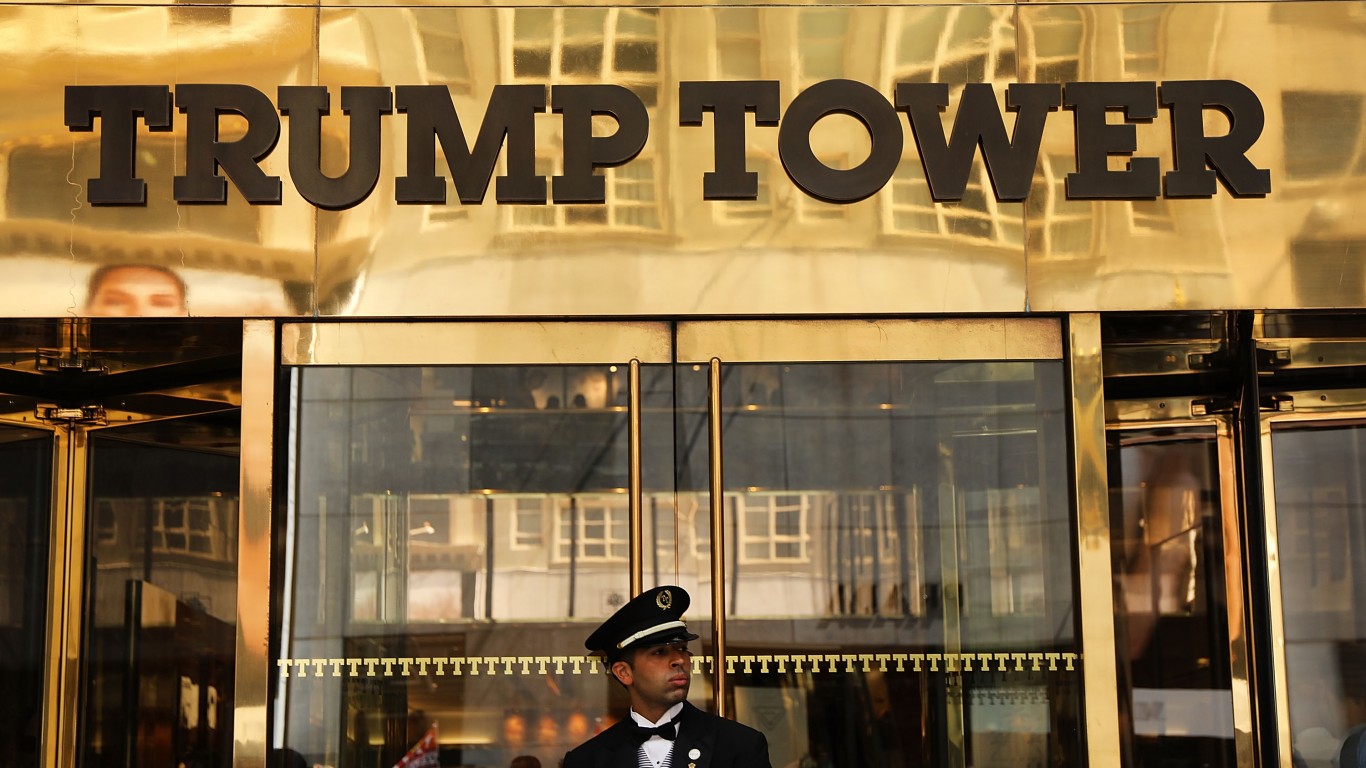
The estimates of the number of empty apartments in China are well into the tens of millions, with variations in the number based on different methods. The latest estimate is 65 million, which is more than 20% of all residences in Chinese cities. The new number is from Ian Bremmer, head of Eurasian Group, which released its widely followed report on top risks for 2019 earlier this week.
[in-text-ad]
Bremmer released his figure in a tweet:
65 million apartments—over 20% of all residences in Chinese cities—are unoccupied.
Particularly not good when housing, construction, and related industries is 1/3 of economic growth.
— ian bremmer (@ianbremmer) January 7, 2019
Experts have given two other figures for the number of vacant apartments in China’s cities recently. ABC, a distributor of news from sources that include Reuters, CNN and the BBC, put the number at 64 million earlier this year. Professor Gan Li of Chengdu’s Southwestern University of Finance and Economics, who posts an annual number based on China’s own data, puts the figure at 50 million, something less than 20%. By contrast, the Housing Vacancies and Homeownership annual study puts the U.S. number just above 7%.
These vacancy rates are not only in parts of China’s occupied cities. The government has built huge metropolitan areas that have no residents at all. The BBC labeled these “ghost cities,” built around “zombie factories” that have never been open. China’s search engine company, Baidu, did its own research and found cities and regions that were largely unoccupied or where less than 10% of the available apartments were occupied. These included Kangbashi, Suzhou City in Changshu, Erdos City in Dongsheng and Tongliao City in Horqin, the BBC added.
Why do these ghost cities exist, and why are occupancy rates in some cities so low? According to experts who follow the problem, there are two causes, which are related. One is that China’s factory and infrastructure planners forecast that regions or cities would be good locations for major manufacturing hubs. As the cities were built, either the manufacturing moved elsewhere or the need for the factories never materialized. Alternatively, the factories were opened, but logistics were such that other factories had better locations. Workers got jobs and moved into apartments, but the success was temporary.
When asked what the solution to the problem is, most experts have the same answer. The trouble is so massive that there isn’t one, or at least not one that will come close to alleviating the problem.
Are You Still Paying With a Debit Card?
The average American spends $17,274 on debit cards a year, and it’s a HUGE mistake. First, debit cards don’t have the same fraud protections as credit cards. Once your money is gone, it’s gone. But more importantly you can actually get something back from this spending every time you swipe.
Issuers are handing out wild bonuses right now. With some you can earn up to 5% back on every purchase. That’s like getting a 5% discount on everything you buy!
Our top pick is kind of hard to imagine. Not only does it pay up to 5% back, it also includes a $200 cash back reward in the first six months, a 0% intro APR, and…. $0 annual fee. It’s quite literally free money for any one that uses a card regularly. Click here to learn more!
Flywheel Publishing has partnered with CardRatings to provide coverage of credit card products. Flywheel Publishing and CardRatings may receive a commission from card issuers.
Thank you for reading! Have some feedback for us?
Contact the 24/7 Wall St. editorial team.




